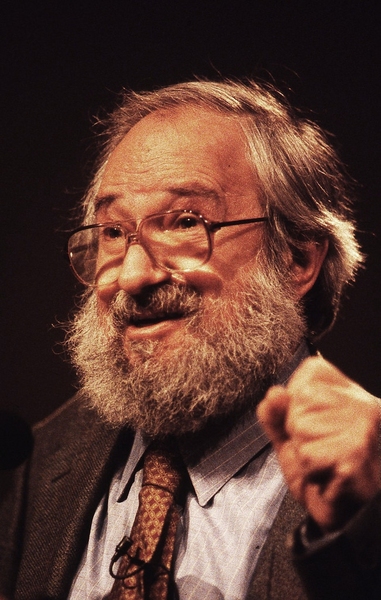
Īccording to Papert, the best way for children to learn is through constructing their own mental models of the world around them. While teaching is important, Seymour Papert thought that what’s much more important is learning. Instead, when we’re exposed to new knowledge, we reconstruct **it in our own way, in our own heads. We don’t copy knowledge from others and paste it into our minds. In reality, however, learning isn’t a process of transmission but a process of reconstruction. This is the default way that we think about knowledge and teaching in our culture, and I think it’s because of metaphors we use. We talk about knowledge as being transmitted from one person to another, and passed down through the generations.

It sees people as “empty vessels” to be filled with knowledge, given the right instruction, by the right teacher, at the right time. This approach is called “Instructionism”. 3 - Instructionism vs ConstructionismĪ lot of focus in education is on teaching - improving how we instruct students. I want to make the case that this theory is a key to unlocking some serious gains when it comes to learning and education, and that this theory should be at the center of how we think about the future of learning. What about cultural gains in learning? Well, at the same time as those failed ed-tech developments, a chap called Seymour Papert was cooking up an interesting theory about learning and education. There are probably technological gains to be made in learning, but we don’t seem very good at making them. When it comes to new mediums for learning, though, we’re not even close. With motion pictures, we’re started to push the boundaries of the medium. It took a while before the medium was fully realised, and before we started using it to its fullest. The first motion pictures, for example, were actually just theatre plays recorded on tape. There’s always a lag between the invention of a new medium of communication, and the development of content that’s native to that medium. Just a whiteboard with a pen that never runs out. But this wore off quickly because they weren’t truly interactive - it was the same instruction, delivered in a slightly different medium. They were pretty novel at first - we were all excited to use them in front of the class. 2008: Interactive whiteboardsįast-forward to when I was in school, the hey-day of interactive whiteboards. Hundreds of millions were spent on televised learning systems, only to be ditched when they were eventually found ineffective. President Lyndon Johnson said that the one requirement for a good and universal education is “an inexpensive and readily available means of teaching children”.
#Seymour papert constructionism portable#
William Levenson, the director of the Cleveland public schools’ radio station, said that “The time may come when a portable radio receiver will be as common in the classroom as is the blackboard.” These were the first devices referred to as “teaching machines”. Radio instruction was going to be the next big thing.

Through the medium of the motion picture, it should be possible to obtain 100% efficiency”. He said: “We get 2% efficiency out of schoolbooks as they are written today. Thomas Edison predicted that motion pictures would revolutionise the education system and replace textbooks.

2 - A brief history of ed-tech 1922: Motion pictures Of course - in reality, technology affects culture and vice versa. There’s something nice about the idea that we can improve society by figuring things out and then convincing other people of those things. Maybe this is because of the media, or perhaps because these things are tangible and easy to imagine.Ĭultural change is harder to imagine, but I think it’s way cooler.

Space travel, flying cars, controlling computers with our minds. When we think of The Future, the images in our head are of technological change. What’s going to be different between now and The Future? The two things we control are technological change and cultural change. Here’s the talk: 1 - “The Future” - technological change vs cultural change The talk is about constructionism, a learning theory that’s been around since the 1950s that I think more people should know about. I hope to condense it down into a more digestible essay soon. This is the (lightly edited) written transcript of a talk I gave a few weeks ago at Experience Haus’ conference, The Future of Learning.


 0 kommentar(er)
0 kommentar(er)
